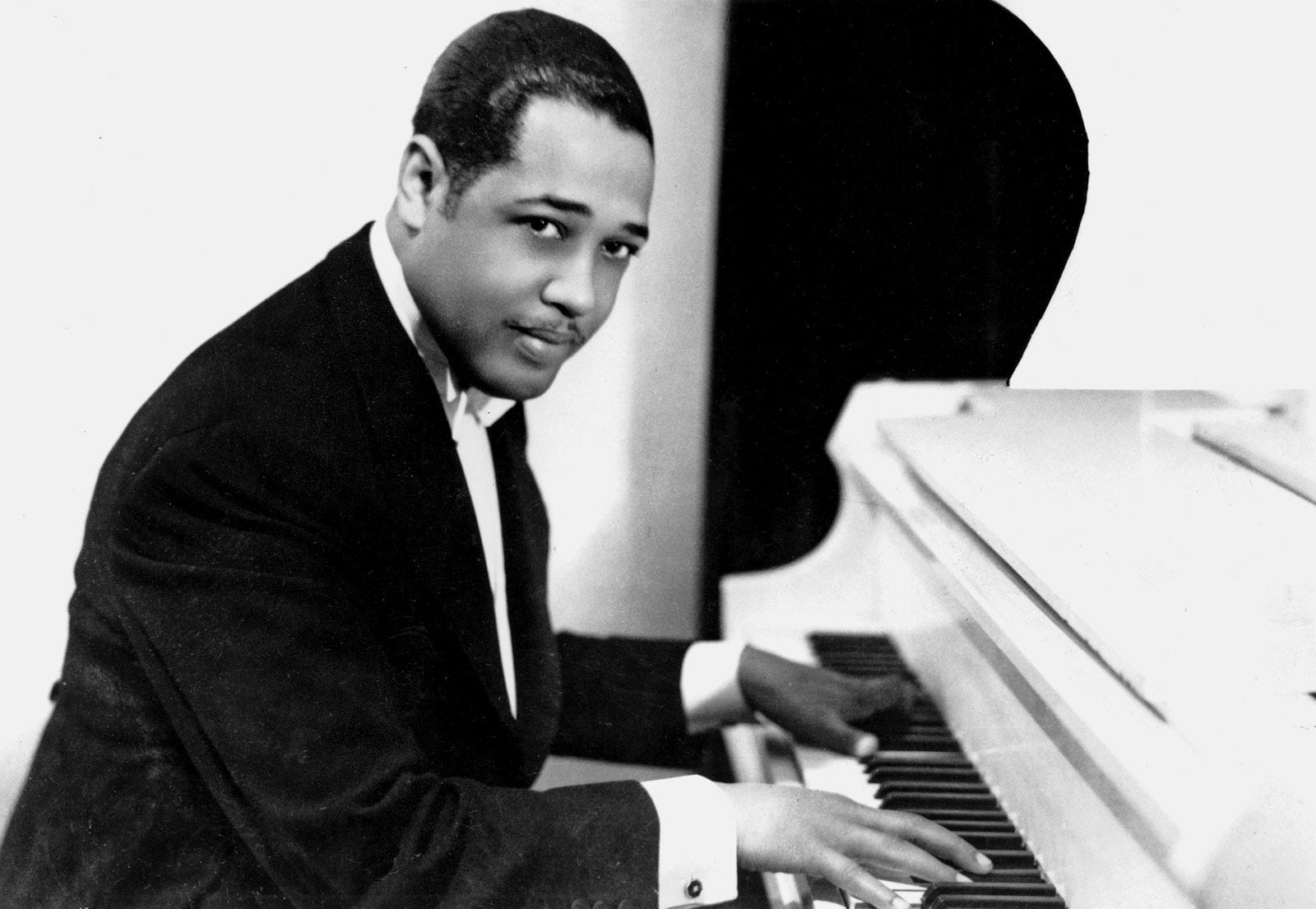
On January 23, 1943, Duke Ellington and his band made their debut at Carnegie Hall. It was an auspicious debut even though it was at the height of World War II and for this concert, Ellington composed what would be his most ambitious and longest work, Black, Brown and Beige. While it is known that Ellington wrote this 45-minute jazz symphony in a rather short span of time in the months leading up to the concert, the concept of a “tone parallel to the history of the Negro in America,” as Ellington called it, had been an interest of his for almost a decade.
The program notes for the Carnegie Hall concert, written by Irving Kolodin, describes Black, Brown, and Beige.
Black depicts the period from 1620 to the Revolutionary War, when the Negro was brought from his homelands and sold into slavery. Here he developed the work songs to assuage his spirit while he toiled; and then the spirituals to foster his belief that there was a reward after death, if not in life. Brown covers the period from the Revolution to the first World War, and shows the emergence of the Negro heroes who rose to the needs of these critical phases of our national history. Beige brings us to the contemporary scene, and comments on the common misconception of the Negro, which has left a confused impression of his true character and abilities.
The reviews were mixed, mostly because both Classical and Jazz critics didn’t know what to think of it, particularly its length. These reviews greatly disappointed Ellington, so much so that after the initial four performances he drastically cut its length, eventually using individual movements elsewhere and performing “sketches” from each movement. Here’s a great example of a ‘sketch’ from Beige.
Nearly a year after its premiere, in December 1944, Ellington would make a recording of a much shorter, eighteen-minute version of Black, Brown and Beige for the Victor label.
But it’s apparent this piece always remained close to Ellington’s heart. In 1958 Ellington made a studio recording called Black, Brown And Beige that used some of the material from the 1943 Carnegie Hall version, and included an amazing rendition of “Come Sunday” by gospel singer Mahalia Jackson.
In 1965 Ellington made a private recording of Black, Brown and Beige, which wasn’t released until 1985!
With the help of the wonderful conductor Maurice Peress, Ellington created an orchestral arrangement of the twenty-minute suite, which orchestras play often. Here’s a great recording by the United States Air Force Orchestra.
By the time of Ellington’s death in 1974, very few people had heard the original version from over thirty years prior. In 1975, this recording of that very special evening in January, 1943, of the complete Black, Brown and Beige was finally released. It’s incredible.
